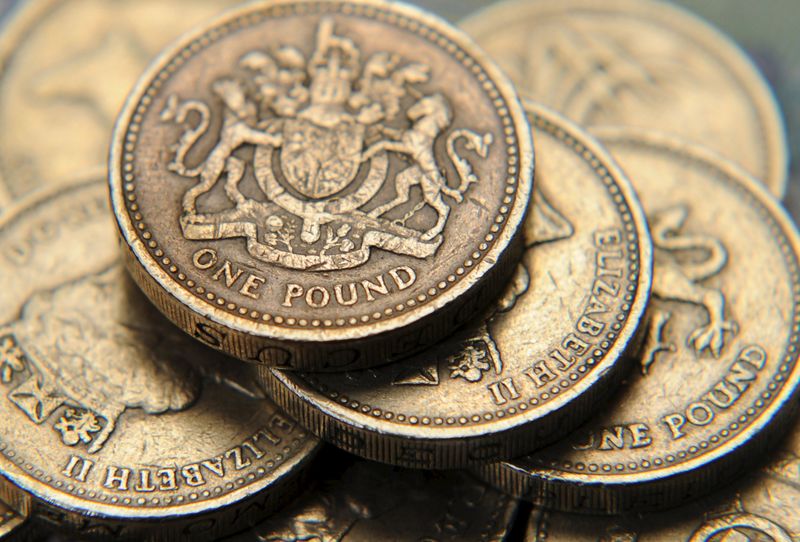Investing.com - The pound fell to the day’s lows on Wednesday after data showing that U.K. manufacturing edged back into expansion territory in May but growth remained subdued and as OECD cut its U.K. growth forecast and warned on Brexit.
GBP/USD touched lows of 1.4450, down from around 1.4467 ahead of the data.
Market said the U.K. manufacturing purchasing managers’ index ticked up to 50.1 last month from 49.4 in April.
Economists had forecast a reading of 49.6.
The index was only fractionally above the 50.0 level separating growth from contraction.
The domestic market remained positive for manufacturers, especially for producers of consumer goods, but softer global continued to weigh on new export orders, the report said.
There were also signs that mounting uncertainty stemming from slower growth and the upcoming European Union referendum is weighing on investment spending, Markit said.
Sentiment on sterling was also hit after the Organization for Economic Cooperation and Development cut its forecast for U.K. economic growth this year to 1.7% from an estimate of 2.1% three months ago.
The body also warned that Britain’s exit from the EU would have a serious impact on the global economy.
The pound was lower against the euro, with EUR/GBP rising 0.55% to 0.7713.
In the euro zone, data on Wednesday showed that factory growth remained lackluster in May, adding to gloom over the outlook for second quarter growth.
The final reading of the euro zone manufacturing PMI edged down to a three month low of 51.5 from a reading of 51.7 in April.
The U.S. dollar index, which measures the greenback’s strength against a trade-weighted basket of six major currencies, was down 0.26% to 95.58, pulling away from the two-month high of 95.96 set on Monday.
Data on Tuesday showed that while U.S. consumer spending rose at the fastest rate in almost seven years in April, consumer confidence deteriorated and a gauge of business activity in the Chicago region disappointed.
The mixed data prompted investors to slightly push back expectations on the timing of the next rate hike by the Federal Reserve.
Expectations for a near-term rate hike mounted after U.S. central bank chief Janet Yellen said late last week it could be appropriate raise rates in the coming months if the economy and the labor market continue to pick up as expected.
The Fed hiked interest rates in December for the first time in almost a decade.
Higher rates are positive for the dollar because they make the U.S. currency more attractive to yield-seeking investors.
Investors were turning their attention to Friday’s U.S. nonfarm payrolls report for May for fresh indications on the strength of the labor market.
